 Society
Society

A project organised training courses for local women, helping enhance their empowerment through planting hemp plants and weaving cloth.
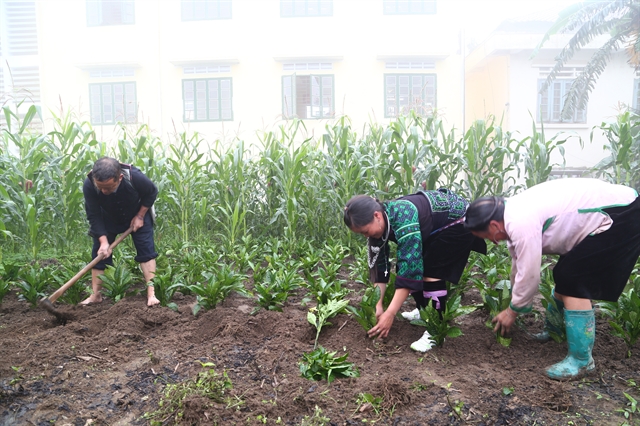
|
| A Mông man helps two Mông women plant indigo for dyeing cloths. — VNS Photos Hồng Minh |
Hồng Minh
LÀO CAI — After 11 years of marriage, Châu Thị Pàng, a Mông ethnic woman in the northern province of Lào Cai’s Sa Pa District, has for the first time realised that she used to think of her job as helping her husband provide for the family.
She had never thought things would be reversed and her husband would be helping her at work.
Previously the 30-year-old mother of two cared for the children at home in Mường Hoa Commune and worked in the family’s maize field.
Last year, Pàng joined a hemp-planting group organised by the commune Women’s Union, and which she planted hemp in her family’s fields to produce fibre to weave cloth. The purchase was ensured by a trader, which enabled Pàng to start earning money in her own right.
Pàng understands that planting 10 to 15 bowls, equivalent to four to five kilos, of hemp seed a year, will grow a large area of hemp plants.
“With such amount of work, my husband helped me in tilling the land and fencing the field,” she said.
Pàng said she felt lucky to get support from her husband when she joined the hemp-planting group as some other women did not get the same support from their husbands.
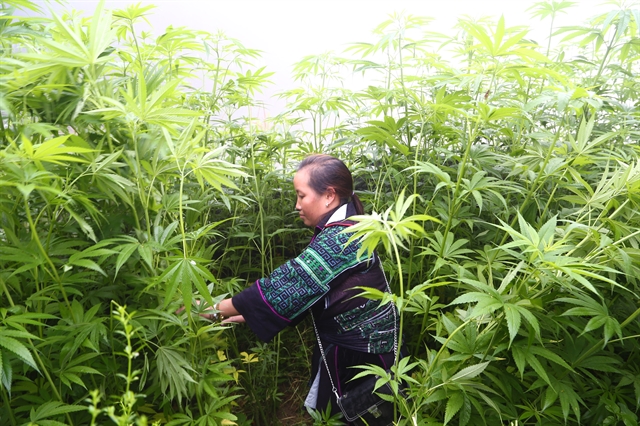
|
| Sùng Thị Thu, head of the Mường Hoa Commune’s Women’s Union, checks on her hemp garden. |
Sùng Thị Thu, head of the Mường Hoa Commune’s Women’s Union, said the group was set up in co-ordination with the Sa Pa-based Lan Rừng (Wild Orchid) Company with support from the Gender Responsive Equitable Agriculture and Tourism (GREAT) Programme, an initiative launched in 2018, funded by the Australian Government.
Thu said hemp plants were part of life for Mông ethnic people since they were born.
“In the past, we only planted hemp in small areas to get fibre for household cloth so the harvest was not large and did not bring back profit,” she said.
Thu said that thanks to the project, Lan Rừng Company had organised training courses for local women, helping enhance their empowerment through planting hemp plants and weaving cloth.
Perfect chain
In the neighbouring Bản Khoang Commune, another group of Tày and Mông ethnic women is also benefiting from the project of Lan Rừng Company.

|
| Tày woman Đào Thị Làn (right) guides her eldest daughter on the techniques of indigo dyeing. |
Like other Tày women, Đào Thị Làn, 65, started making clothes when she was teenager. At 18, she decided to sell her necklace – a dowry from her mother – to get a sewing machine and started to learn how to make clothes. She has mastered dyeing clothes with indigo and brocading traditional patterns for more than 40 years. The techniques have been taught to her three daughters and two daughters-in-law and her grand daughters.
Làn and her family have also joined the project led by Lan Rừng through a group of ethnic minority women making brocade textiles and clothes.
“In the past, we only made clothes for family members. Sometimes we could sell to foreign tourists, but it wasn't stable,” she said.
Làn said that thanks to the project, indigo dyed clothes and pattern brocade products could be sold regularly.
“Especially when the COVID-19 pandemic happened and we did not have foreign tourists coming to the commune, selling to Lan Rừng Company became the main income of my family,” she said.
According to Võ Văn Tài, director of Lan Rừng, the company has established groups totalling more than 200 ethnic women in five communes in Lào Cai Province’s Sa Pa District to plant hemp and indigo.This helps ensure a stable supply of materials, as well as support groups of weavers and brocade makers to preserve traditional handicrafts. Up to 50 per cent of products are sold to tourists and big hotels.
All participants will get training and be provided with seedlings, weaving tools and brocade designs.
“All qualified products will be purchased immediately,” he said.
Tài said it was not easy to start the project.
“First of all, the material zone was limited, we had to persuade local people to plant hemp and indigo in large areas besides their food plants,” he said.
“Human resources were also a problem as young ethnic people now tend to go to big cities to work in service industries so traditional handicrafts are gradually falling into oblivion,” he said.
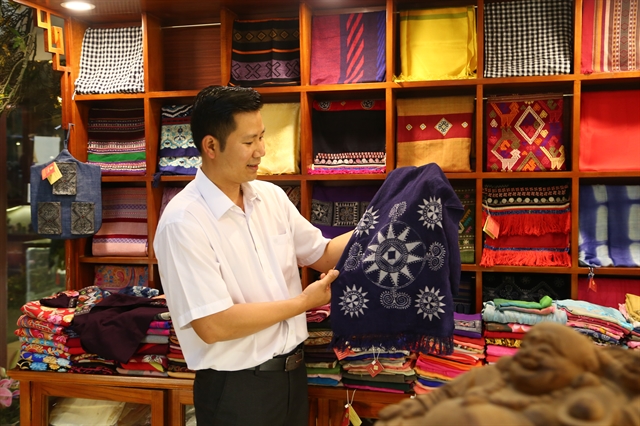
|
| Director of Lan Rừng Company Võ Văn Tài introduces brocade products made by ethnic women. |
Tài said he had to find ways to approach the local women and persuade them to work for him by encouraging them to do familiar work like planting trees, weaving and dyeing. He was also thankful to the support of GREAT in his operation.
“I am happy that the project has been going well. Local women have got initial benefits and been empowered more than before,” he said. — VNS

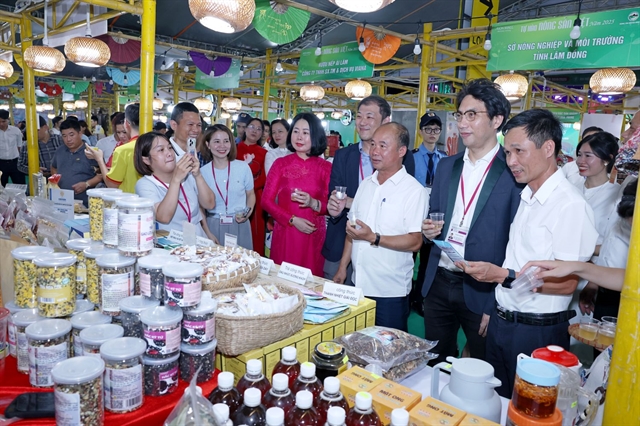
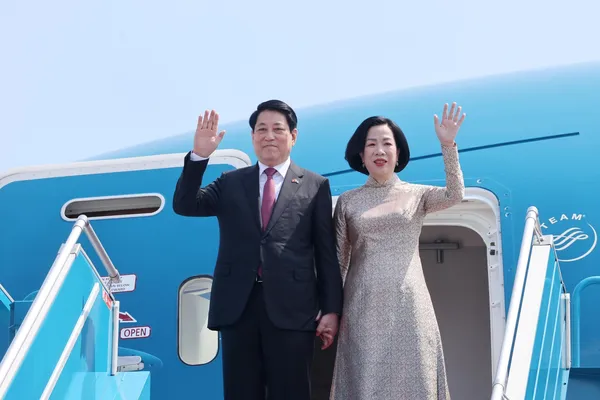
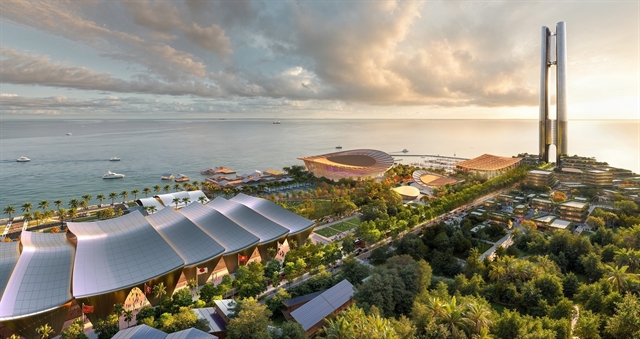
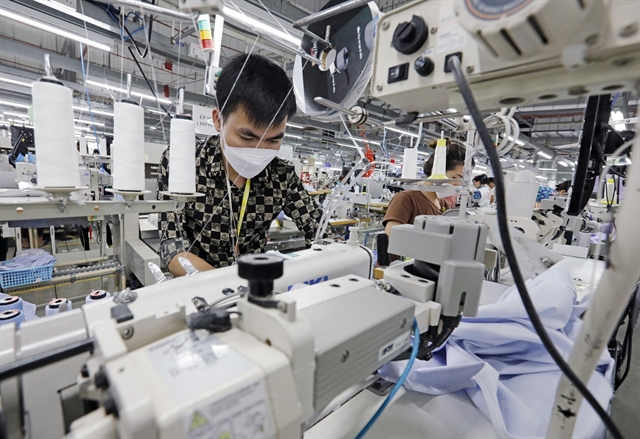

 brought the story behind the evolution to life for more than 270 global and local suppliers—highlighting how the brand reflects the company’s bold ambitions and purpose-driven growth.)


)